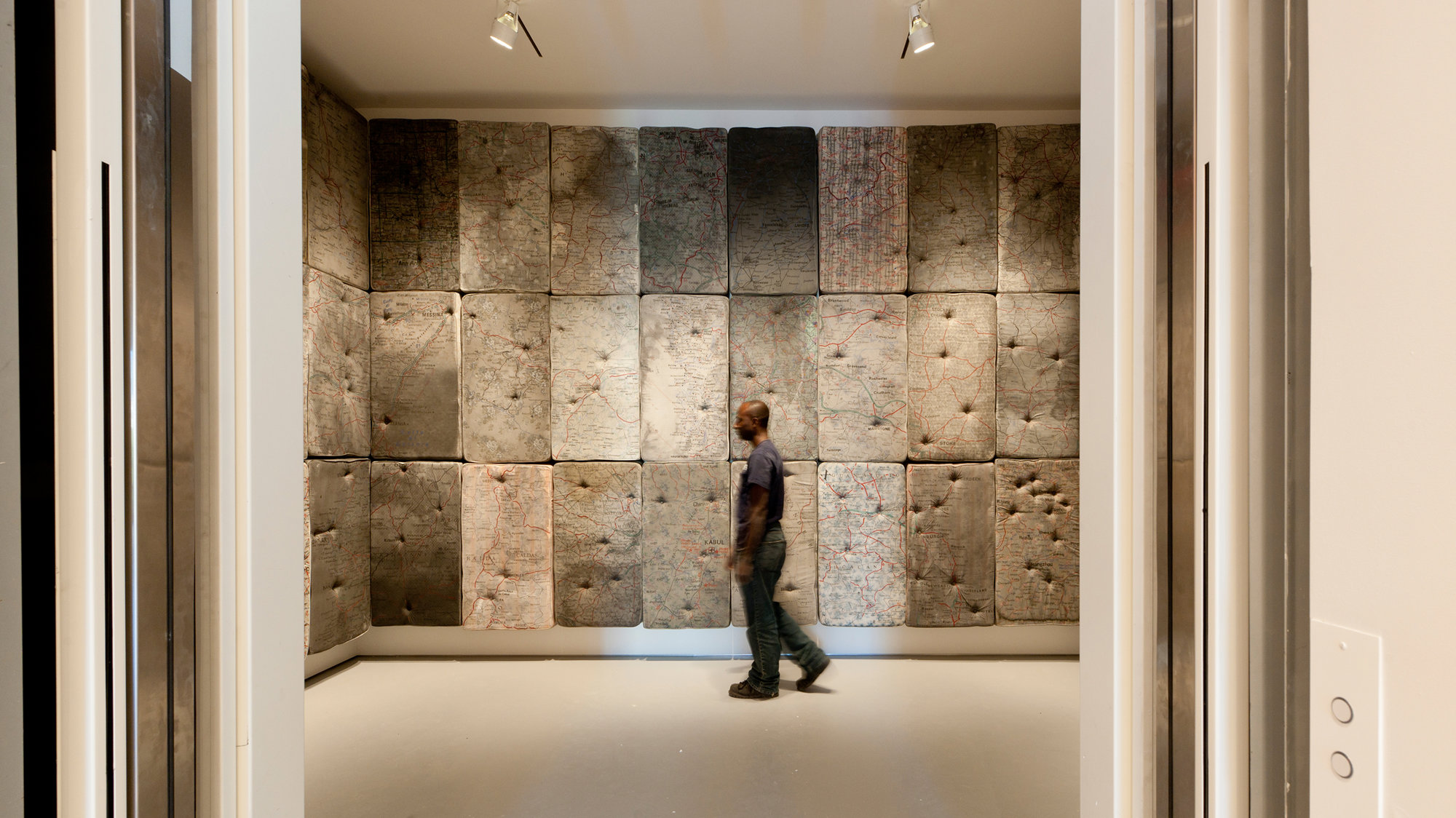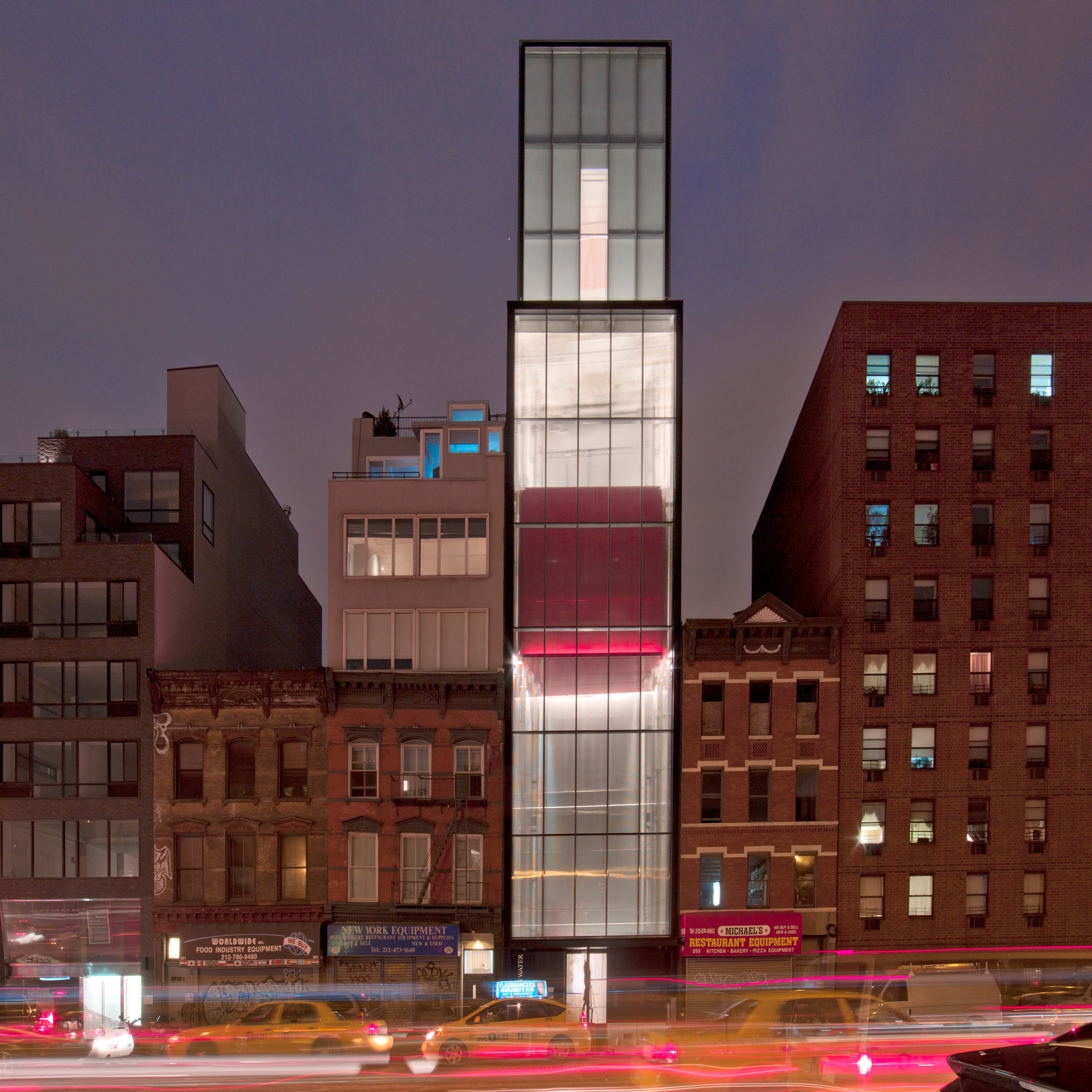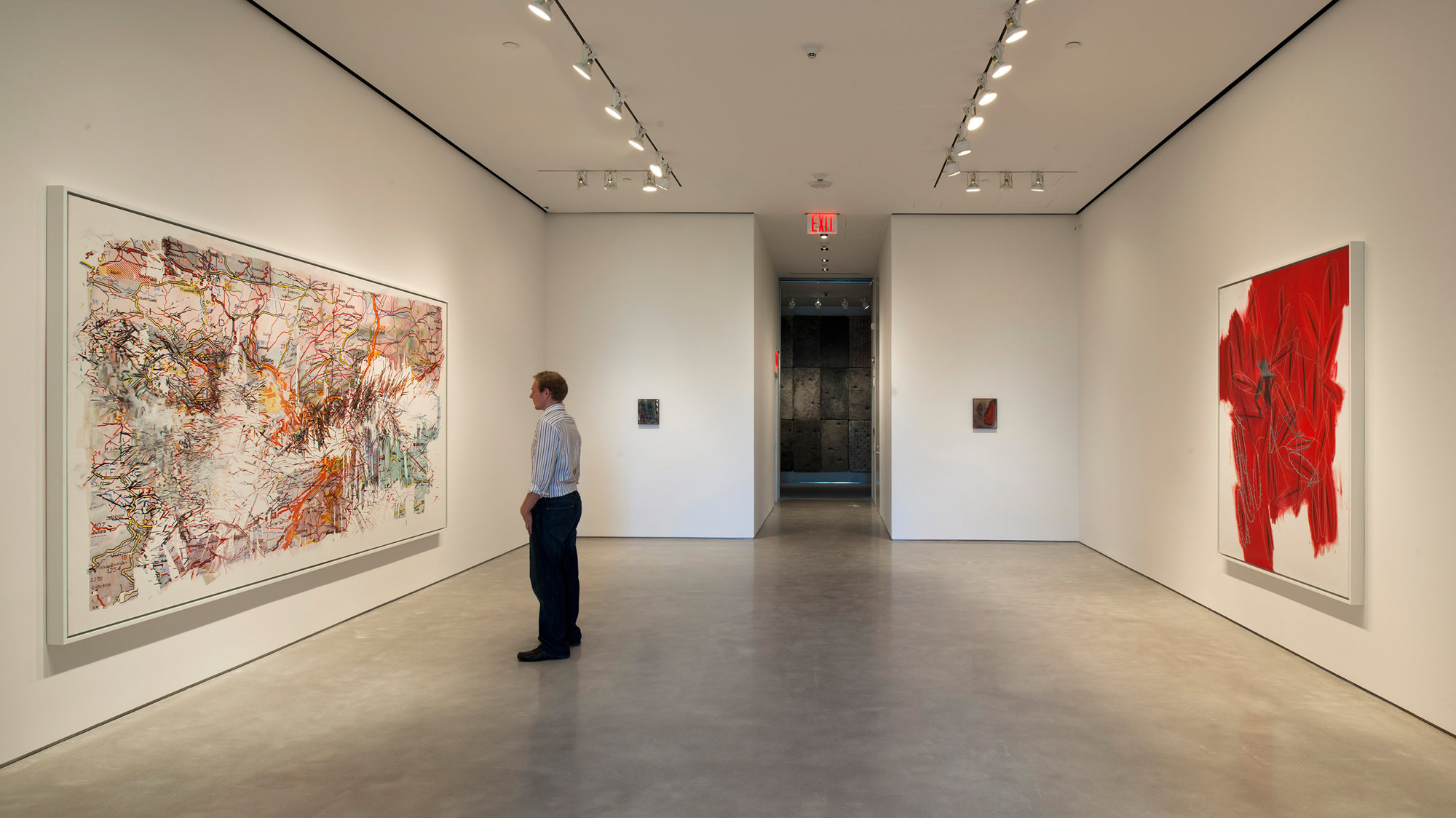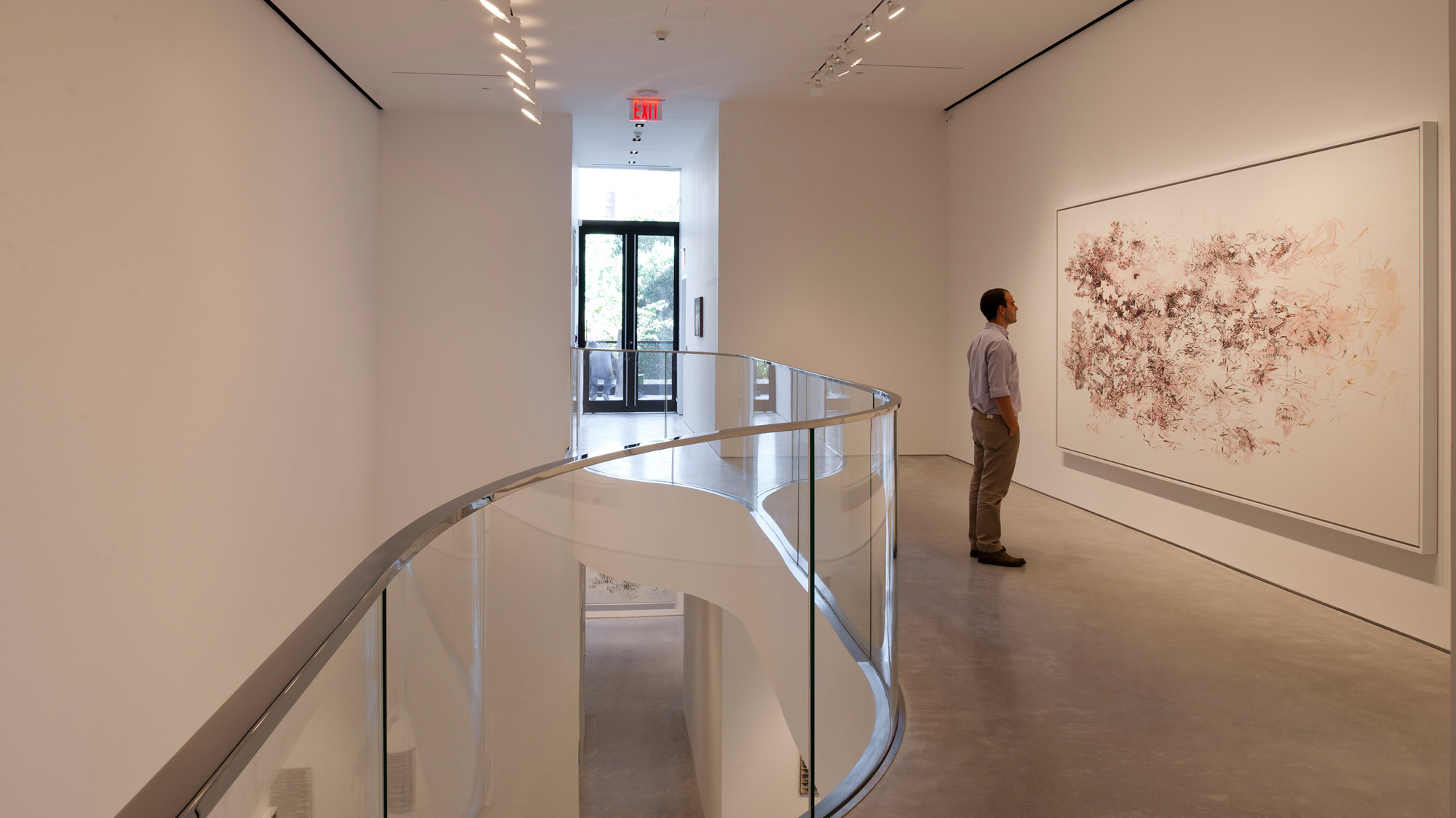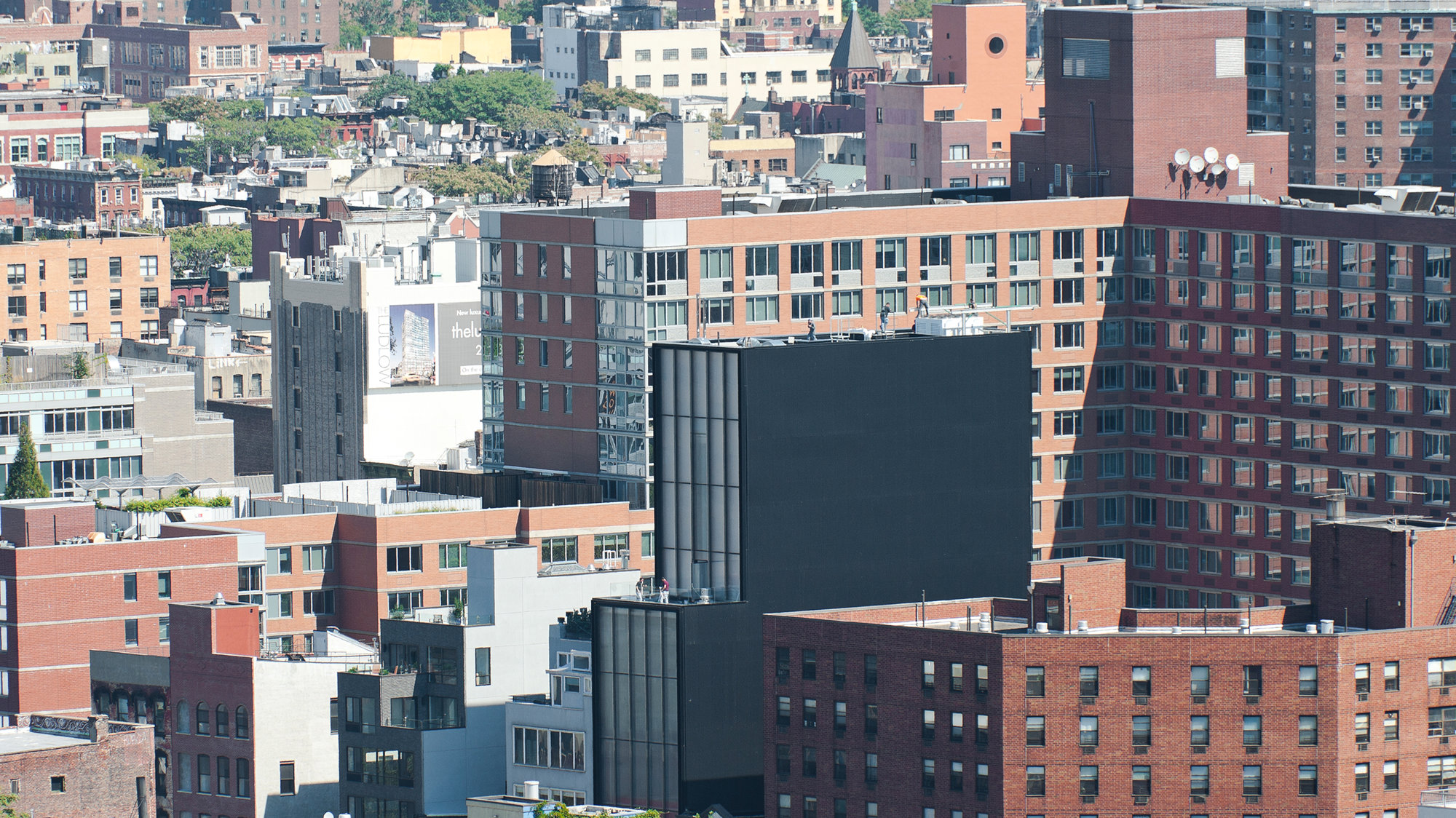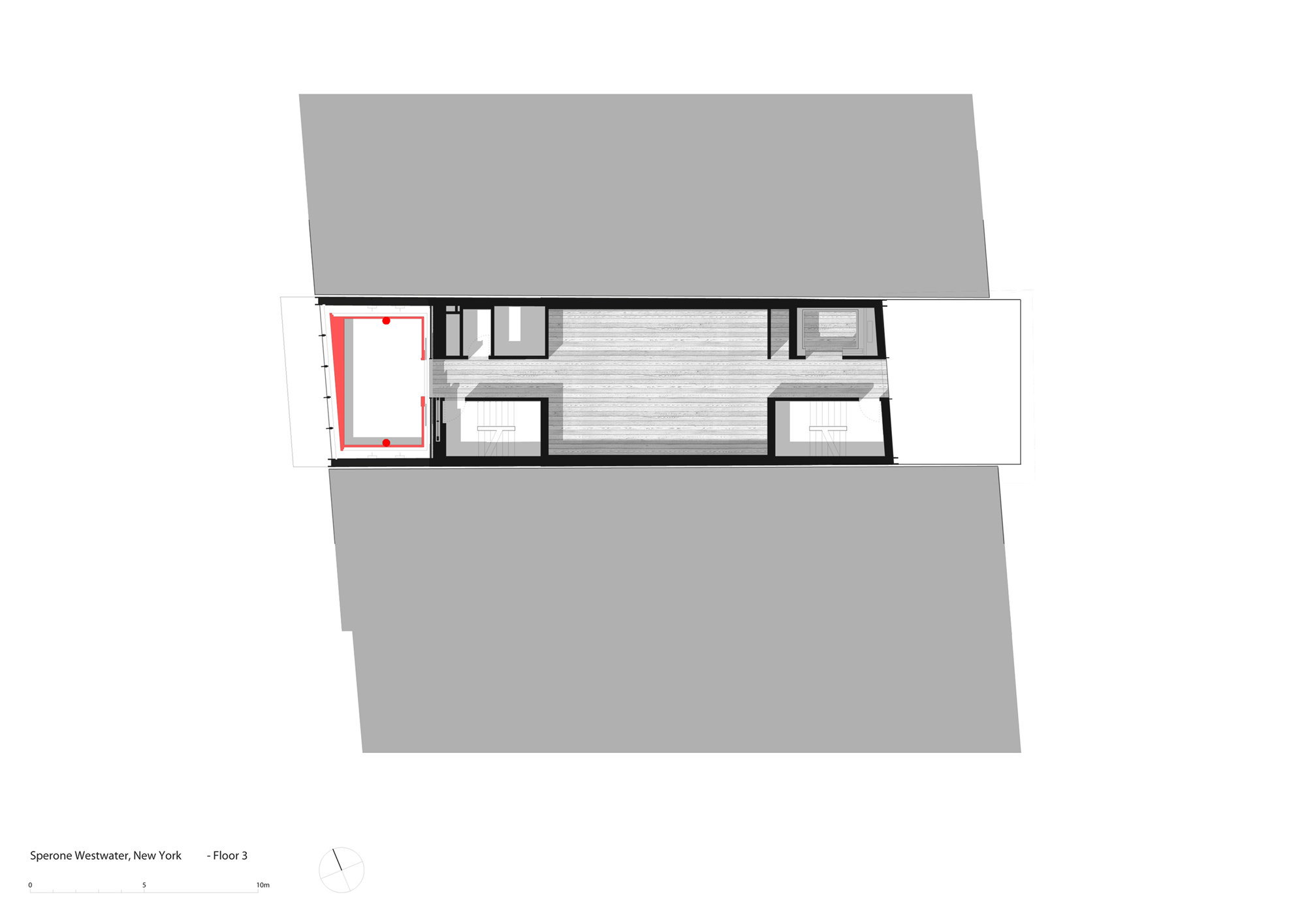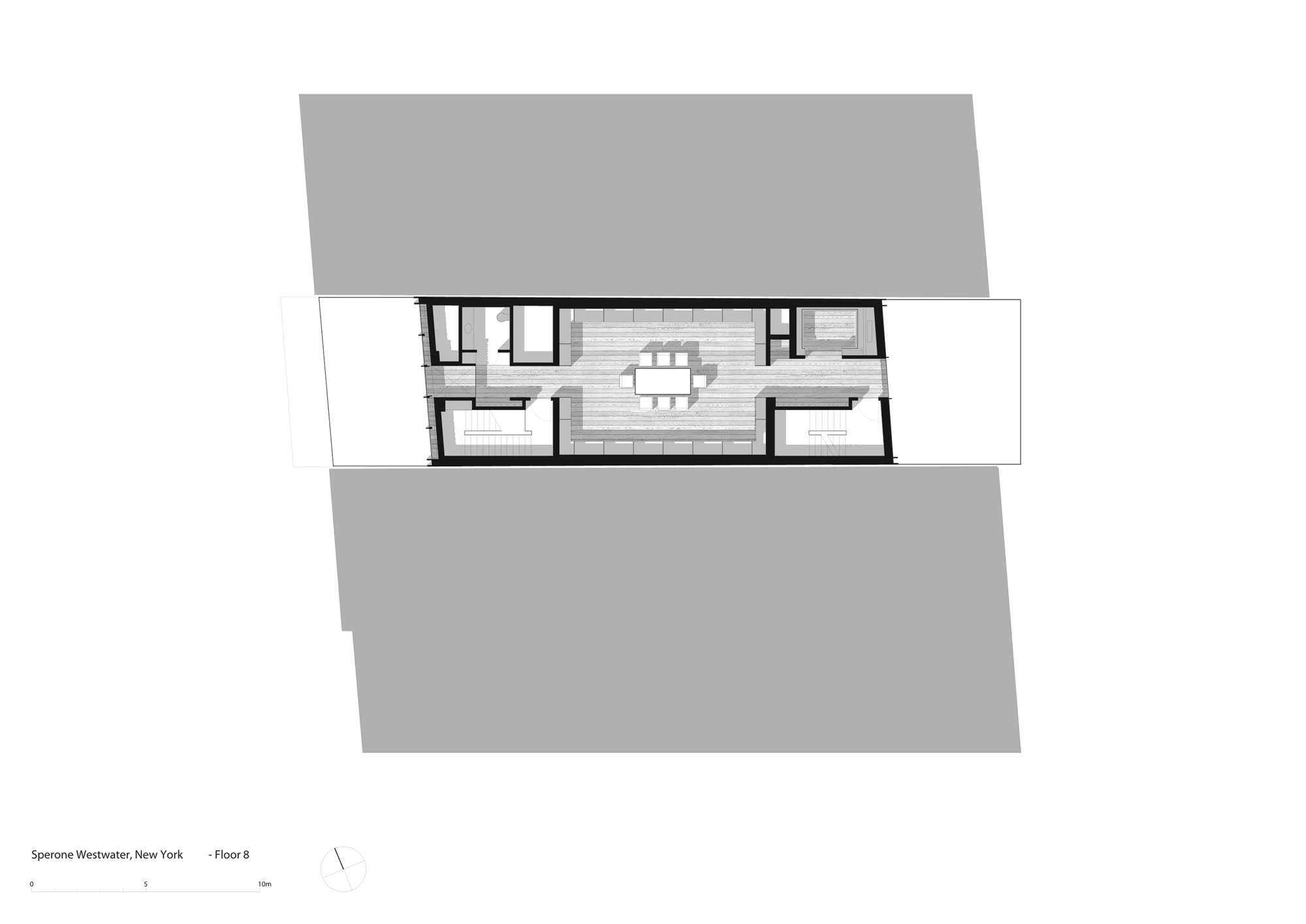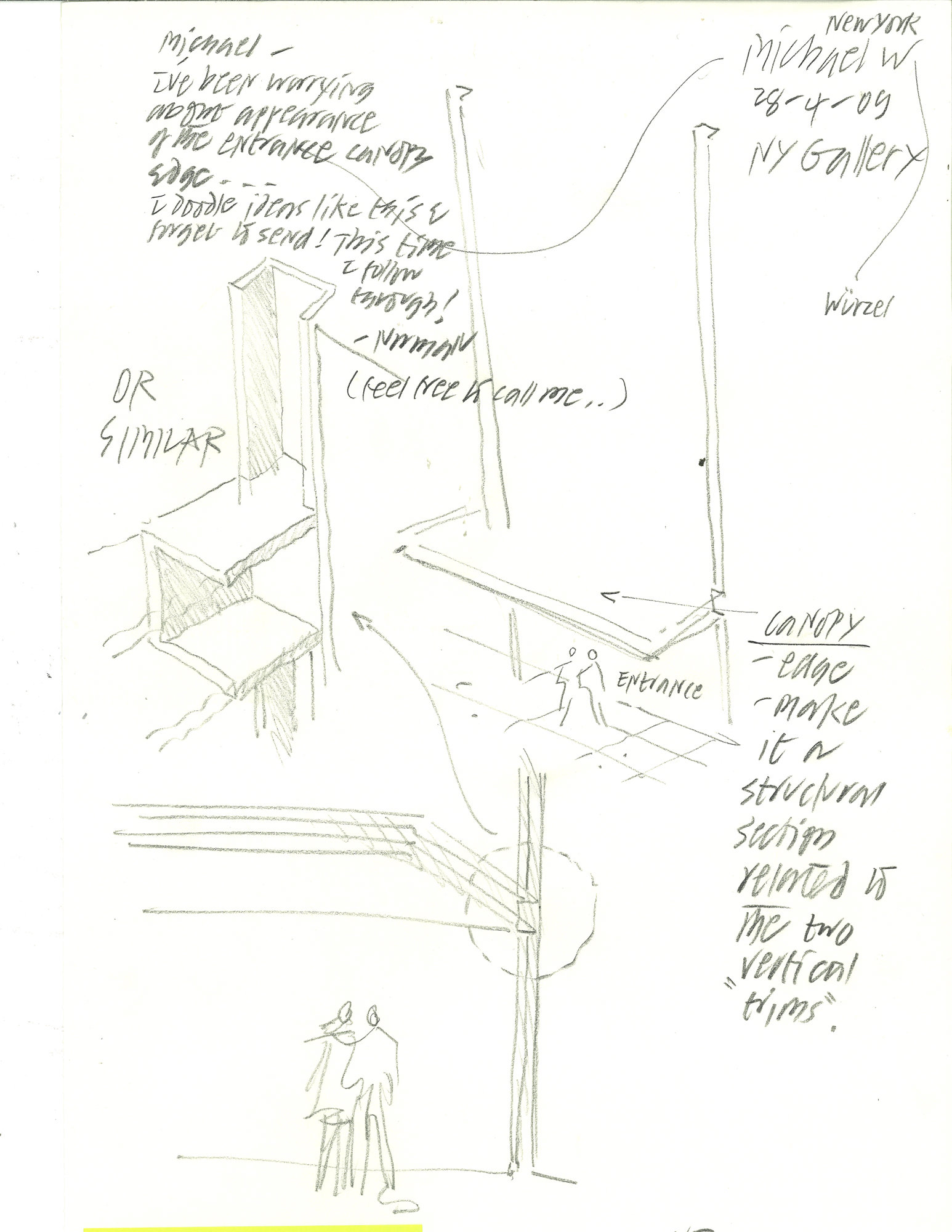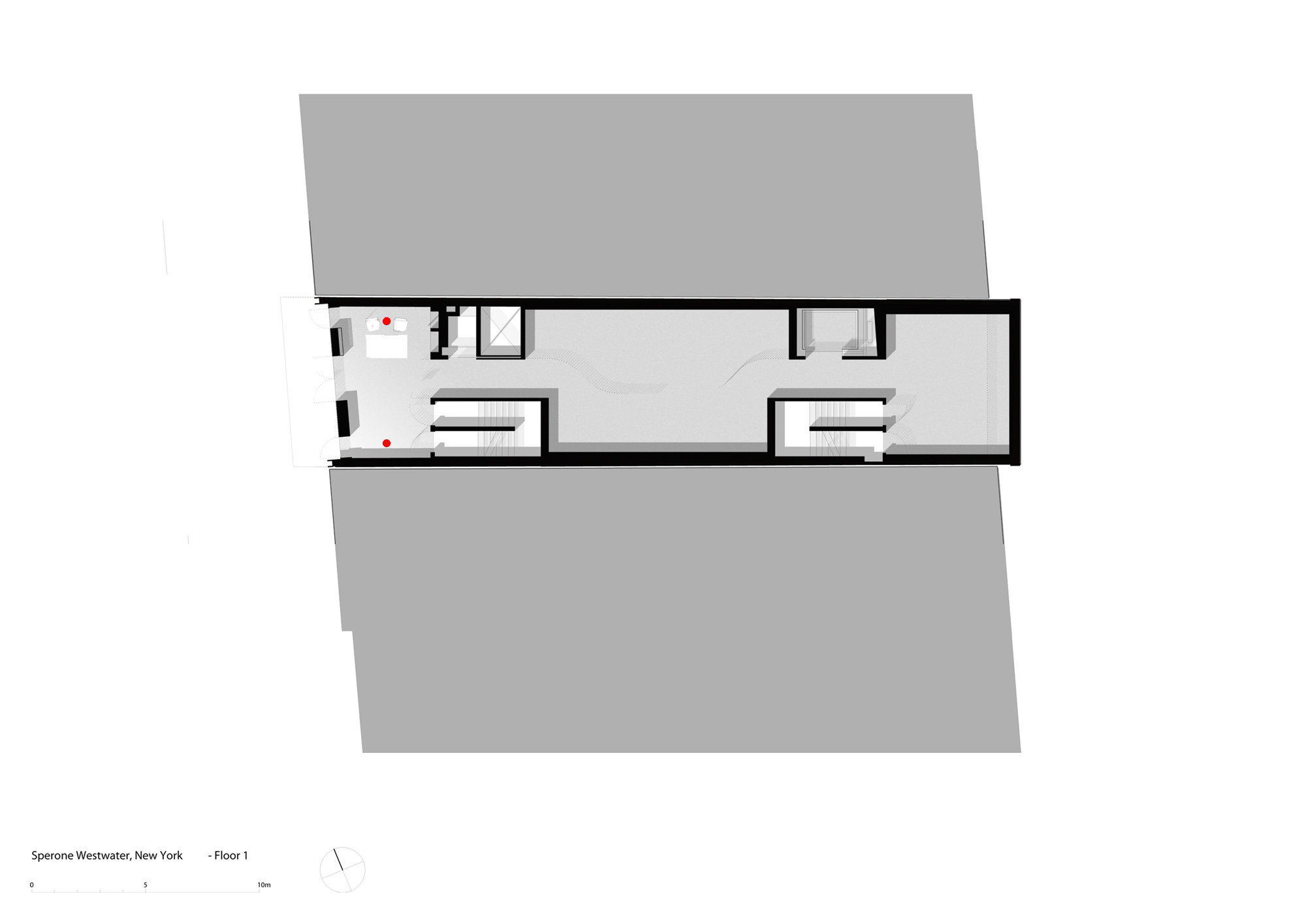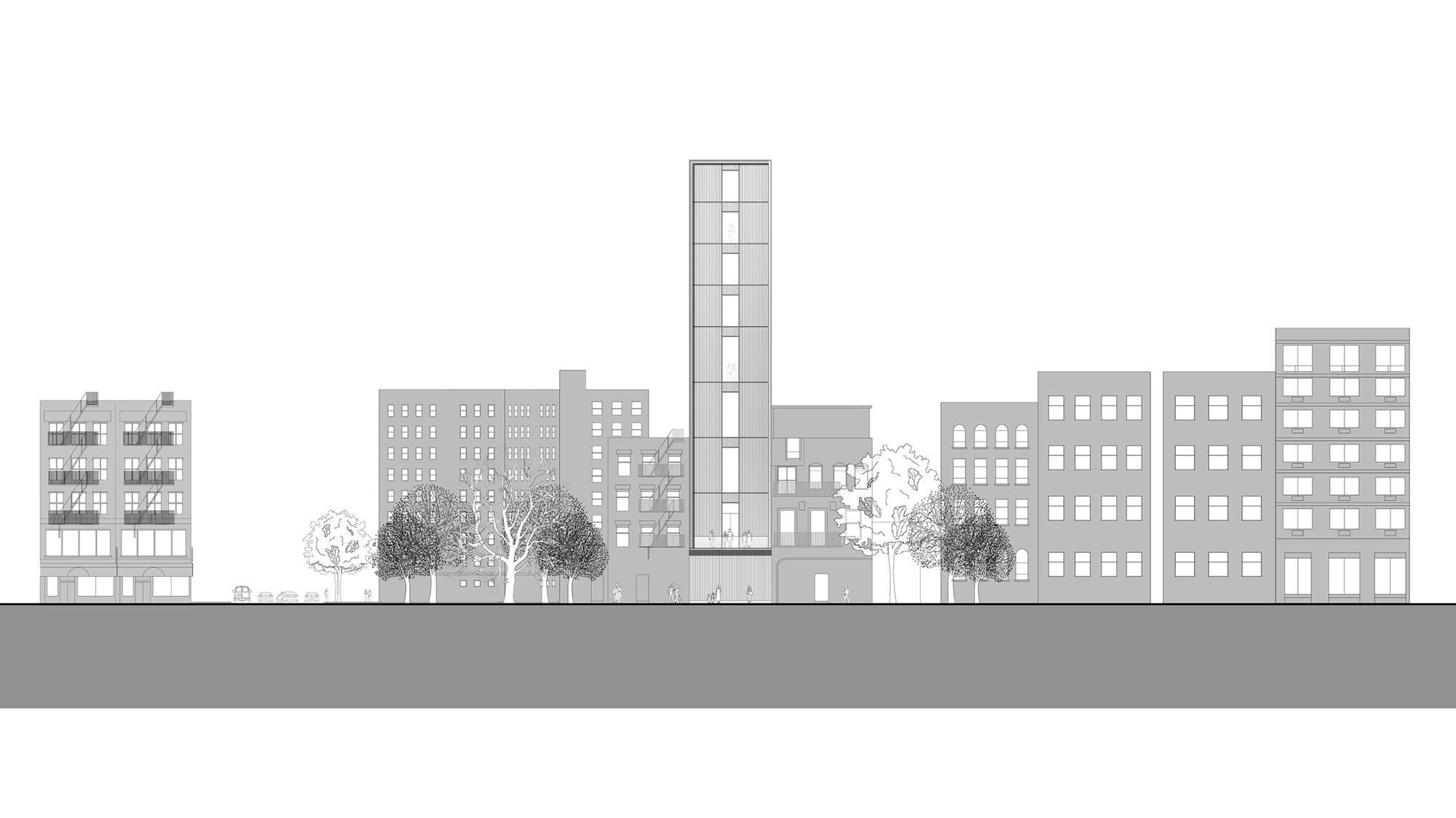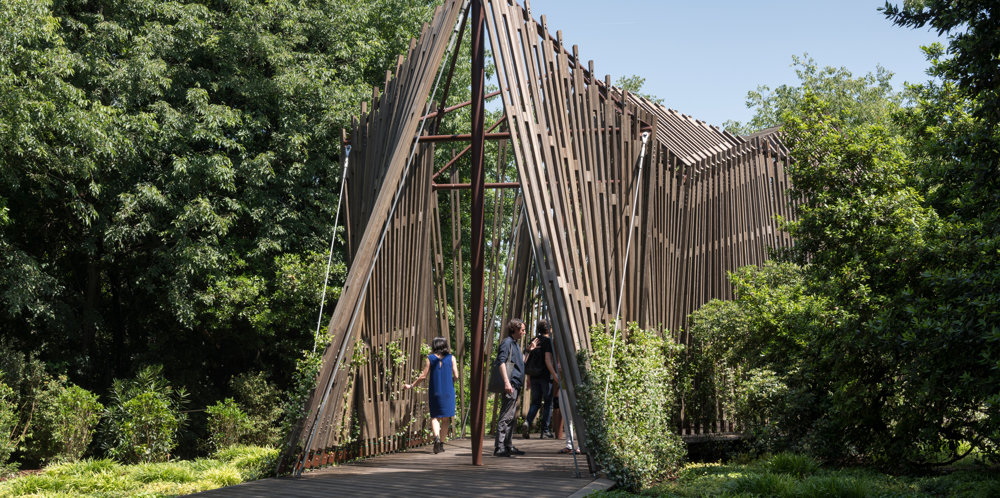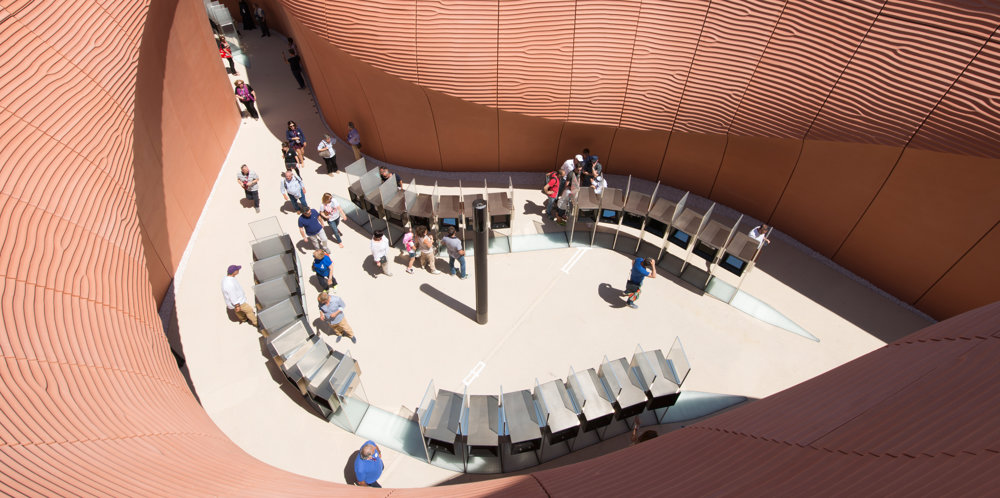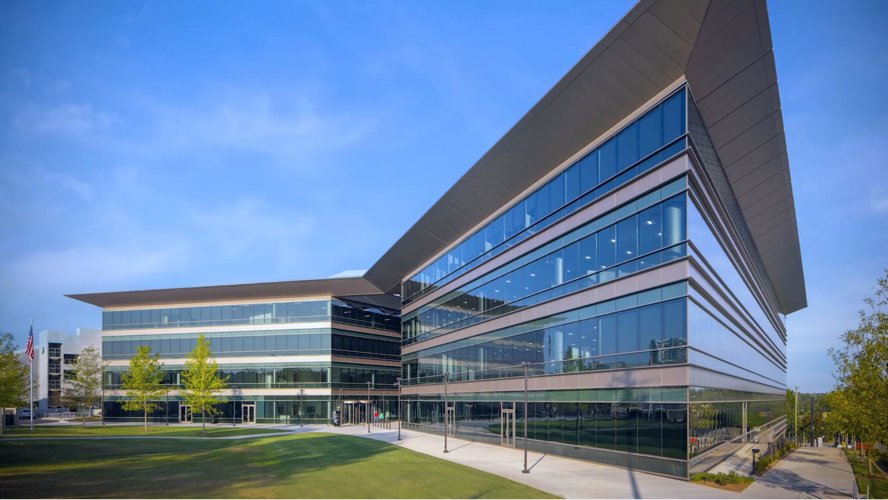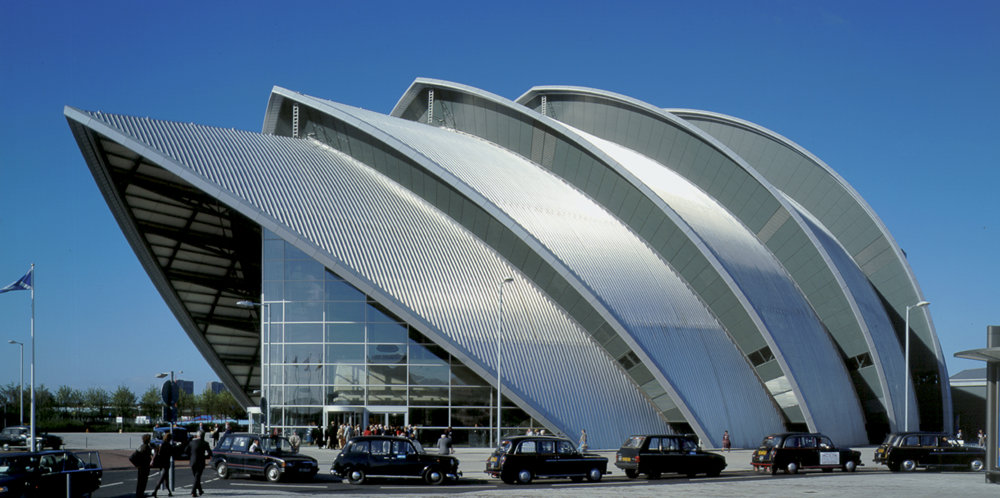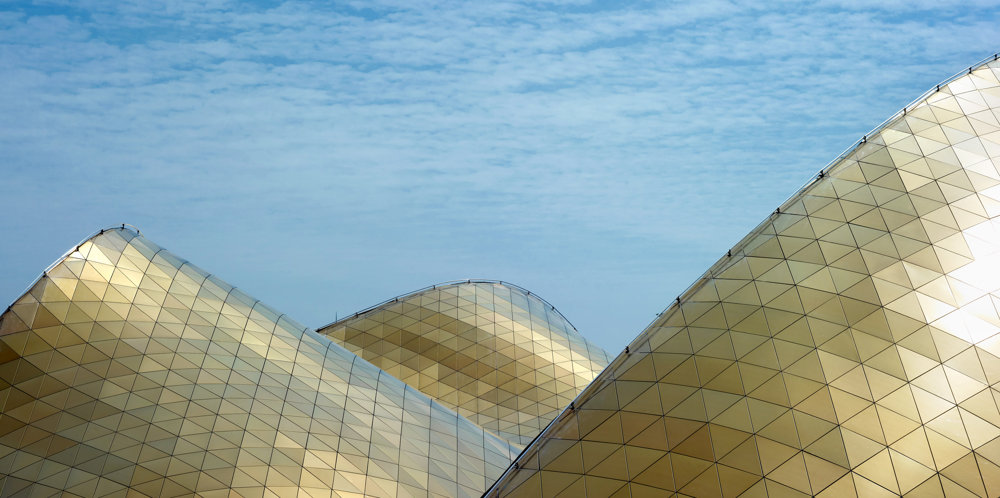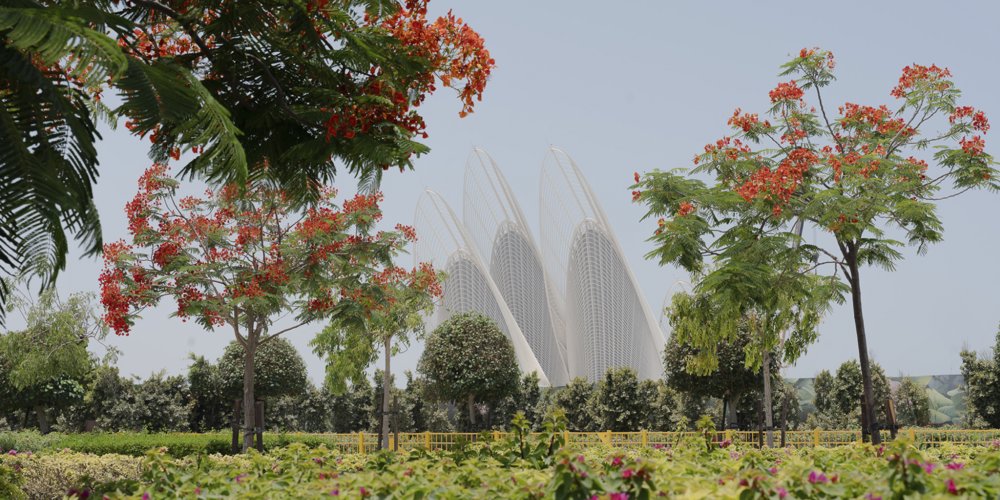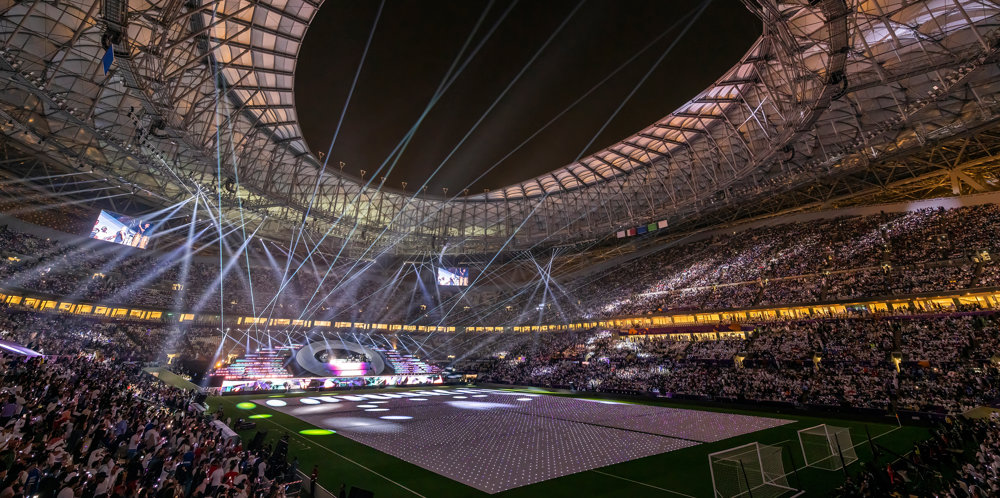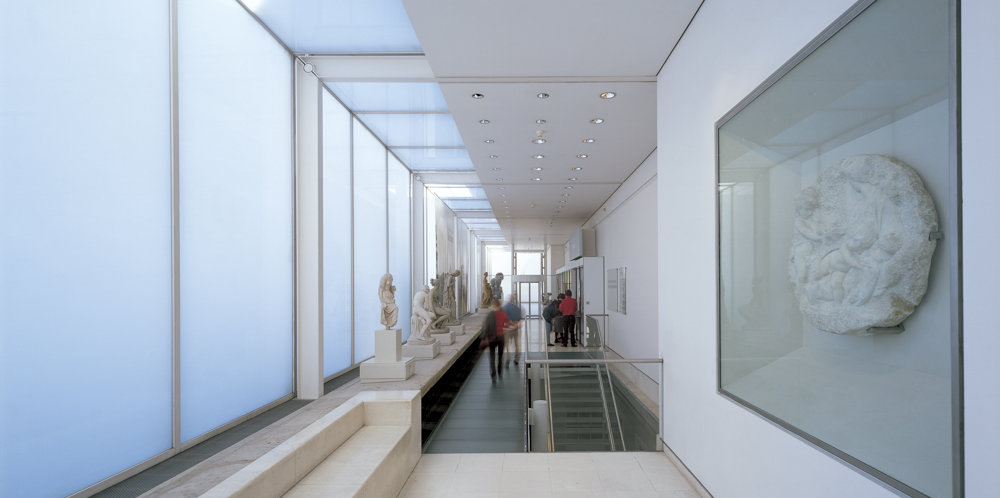Sperone Westwater is one of New York’s leading galleries, with a roster of major international artists. The relocation of such an established commercial gallery from West 13th Street to the Bowery in Manhattan’s Lower East Side, an area once known for its kitchen equipment shops, represents a significant milestone in the district’s reinvention as an artistic hub. This new building is both a response to the Bowery’s dynamic urban character and a desire to rethink the way in which the viewer traditionally engages with art in the context of a gallery.
The narrow site, which measures just 25 x 100 feet (7.6 x 30.5 metres), is typical of lots in the Bowery. The result is a building whose verticality is naturally emphasised. Its focal point is a 12 x 20 foot (3.6 x 6-metre) moving room, which is both a physical response to the gallery’s dynamic programme and a kinetic addition to the street. Contained within a bright red box, the gallery rises gradually to connect the upper four floors and is visible through the translucent, milled glass facade, its gentle pace contrasting with the activity of the city and traffic outside. In a flexible spatial arrangement, the exhibition space can be extended at any given floor by parking the moving room, whereupon an additional lift and stairs provide alternative routes up through the building. The room’s exposed concrete shaft and mechanics draw on an aesthetic and scale appropriate to the building’s context which, albeit in transition, remains largely industrial, while the volume in which the room rises provides a thermal and acoustic buffer zone for the galleries.
Visitors enter a double-height exhibition space and move up to a mezzanine level, which looks out on to a sculpture terrace and garden at one end and leads to the moving room on the other. This arrangement creates views up through the building, promoting a natural sense of orientation and encouraging exploration. The building’s external form relates to the scale of its neighbours and articulates the changing internal functions, the setback at sixth-floor level aligning with the parapet of the adjacent tenement blocks and marking the location of the gallery offices.









